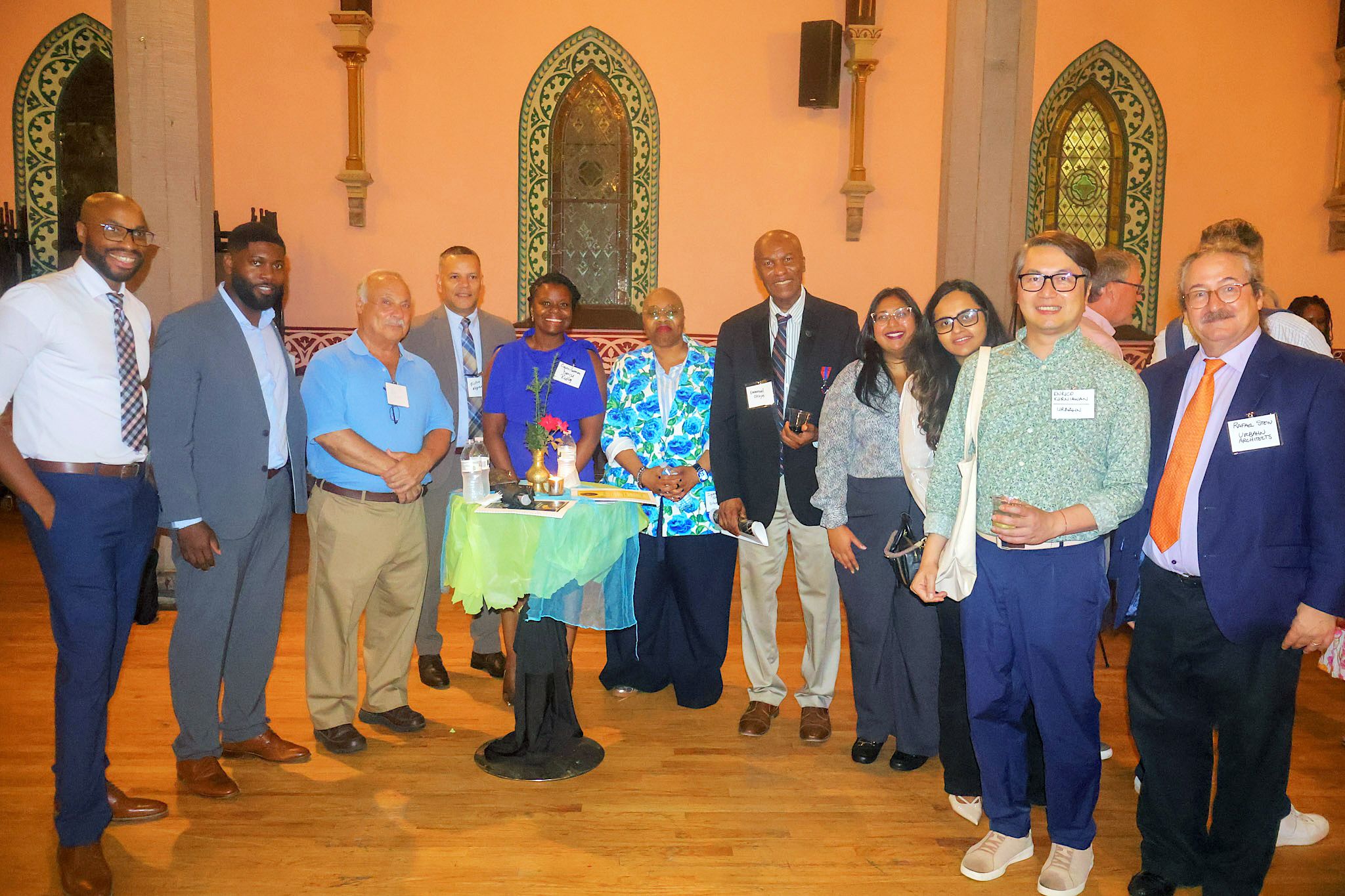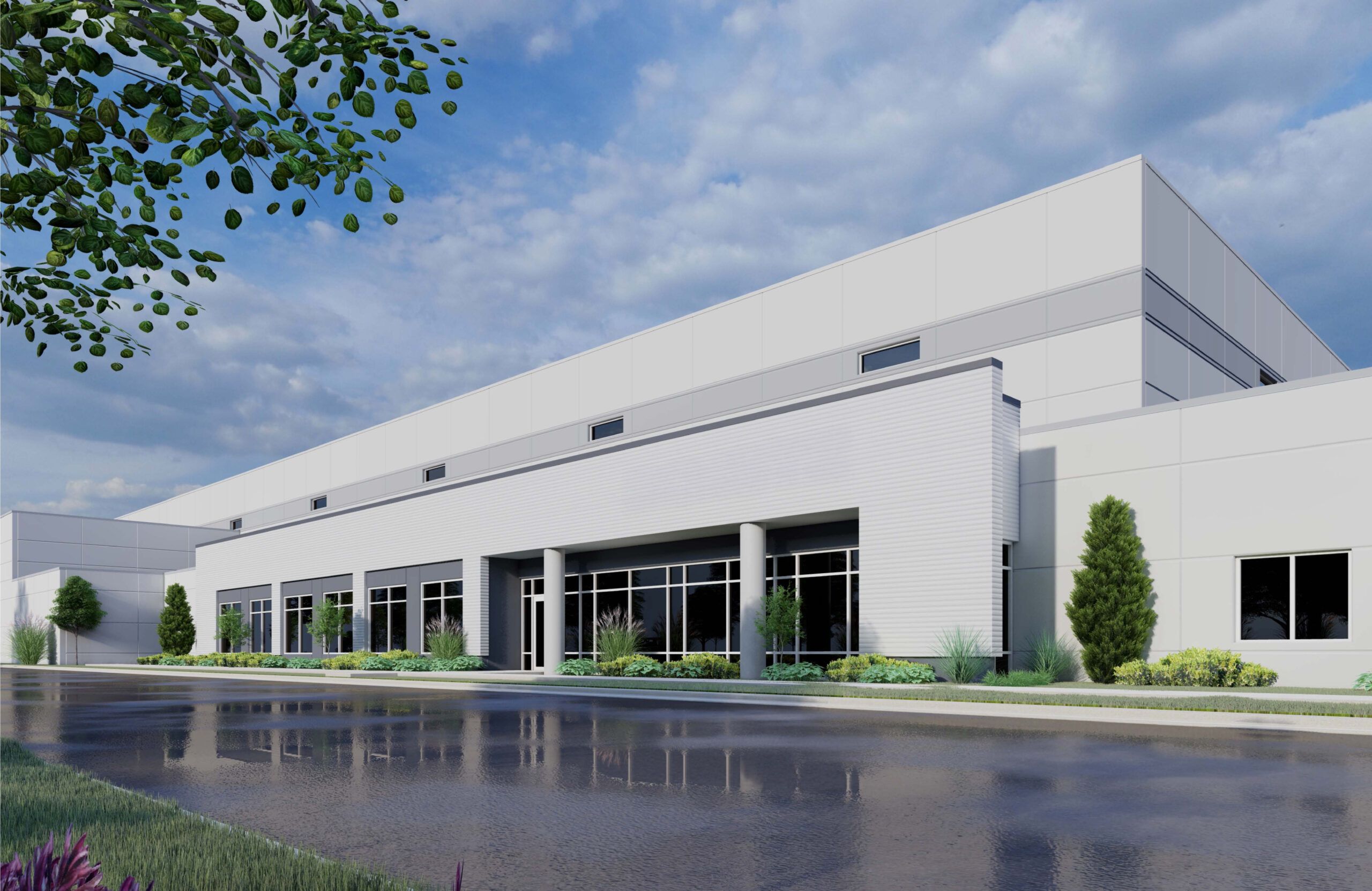Scaffolding serves multiple purposes for construction workers, although it can also pose certain risks. Based on data from the United States Bureau of Labor Statistics (UBLS), scaffold-related accidents result in around 4,500 injuries and over 60 fatalities annually.
If someone passes away while on the job, it can have devastating financial repercussions for their spouse and family. The employer is obligated to provide death benefits to the surviving spouse and the minor children of the deceased worker. If you want to gain a better understanding of the context surrounding these benefits, it may be helpful to reach out to lawyers that deal with death benefits
In order to avoid such accidents, OSHA’s Scaffold Standard (29 CFR 1926 Subpart L) and related guidance publications offer employers and employees comprehensive information on scaffold safety regulations and recommended practices.
Let’s focus on the critical factors that contribute to the alarming rates of deaths and injuries in scaffold-related accidents.
Lack of Proper Fall Protection
Falls are one of the main causes of deaths and injuries on scaffolds. Approximately 25% of fall fatalities occur on scaffold working surfaces, as reported by the United Bureau of Labor Statistics (UBLS).
Ensure fall protection to safeguard against injuries and fatalities on scaffolds. When working at heights, it is essential to utilize the appropriate safety equipment and follow safety protocols, such as wearing harnesses correctly, attaching lanyards to suitable anchor points, and making sure guardrails are properly installed. Not prioritizing fall protection measures significantly increases the likelihood of accidents. Accidents involving falls from scaffolds can result in serious injuries, including fractures, head injuries, and fatalities.
It is important to prioritize your safety by consistently adhering to proper guidelines and avoiding any temptation to cut corners. Make sure to thoroughly check your fall protection equipment before every use to make sure it is in optimal condition. If any defects are observed, it is important to promptly report them and refrain from using the equipment until repairs have been carried out. It is important to receive proper training on the correct usage of fall protection gear.
Your safety is paramount, so don’t compromise it by neglecting fall protection measures. By prioritizing proper fall protection, you significantly reduce the chances of accidents and ensure a safe work environment on scaffolds.
Unsafe Scaffold Construction
Constructing scaffolds incorrectly can lead to a high risk of accidents and injuries on construction sites. Improper assembly of scaffolds can result in instability and an increased risk of collapse, which can have serious and even deadly consequences. Typical problems that arise from unsafe scaffold construction involve the use of inadequate materials, incorrect assembly methods, and a disregard for essential safety precautions.
Poor materials can cause the scaffold to become unstable, increasing the possibility of falls and injuries among workers. Examples of these materials include rusted support beams and flimsy planks. Structural failures can also result from improper assembly techniques, such as improperly securing connections or overloading the scaffold beyond its capacity. Neglecting safety measures such as installing guardrails, toeboards, and midrails further increases the likelihood of accidents on scaffolds.
Regular maintenance checks and inspections should also be performed in order to identify and address any potential hazards before they endanger people or result in fatalities. It is important to prioritize the use of high-quality materials, follow proper assembly methods, and implement necessary safety precautions to avoid accidents resulting from unsafe scaffold construction.
Inadequate Training and Supervision
When workers lack adequate training and supervision on scaffolds, the risk of accidents and injuries significantly increases. Proper training is crucial for workers to understand how to assemble, dismantle, and work safely on scaffolds. Without this knowledge, they may not know how to securely set up the scaffold or use safety equipment correctly, leading to potential hazards.
Supervision is equally important to ensure that workers follow safety protocols and guidelines while working on scaffolds. A lack of supervision can result in workers taking shortcuts, not using protective gear, or engaging in risky behavior that increases the likelihood of accidents.
Inadequate training and supervision can also lead to misunderstandings about weight limits, proper load distribution, and scaffold capacity. This lack of knowledge can cause scaffolds to collapse or become unstable, endangering the lives of workers on them.
Employers must ensure that workers receive thorough training and are under the supervision of knowledgeable individuals who put safety first.
Falling Objects
It is important to remain cautious and aware of the dangers that can arise from objects falling on scaffolds in order to prevent accidents and save lives. Workers below can be seriously harmed by objects falling from scaffolds. Ensure that all tools and materials are securely fastened to avoid any accidents or damage caused by them slipping or falling from ledges. Utilize tool lanyards or tethering systems to keep objects from falling. Make sure all debris and loose materials are cleared from scaffold platforms to minimize the risk of items rolling off.
Adding toe boards and debris nets along the edges of the scaffold can offer extra protection against objects falling. Make it a habit to regularly check these safety measures to ensure they are in good condition and working properly. Set up specific locations for storing tools and materials on the scaffold to maintain organization and ensure their safety.
Adverse Weather Conditions
Prepare for adverse weather conditions by securing scaffold components and adjusting work schedules accordingly to ensure safety for all workers involved. Adverse weather, such as strong winds, heavy rain, snow, or extreme temperatures, can significantly increase the risks associated with working on scaffolds.
Verify that the scaffold is suitably reinforced to resist the weather and that all parts are securely fastened. When adverse weather is forecasted, consider rescheduling high-risk tasks or temporarily halting work until conditions improve.
It’s better to delay work than to put the lives of workers at risk. Provide workers with appropriate personal protective equipment to shield them from the weather, such as waterproof clothing, gloves, and non-slip footwear. Proper training on how to work safely in adverse weather conditions is also essential to avoid accidents and injuries.
Conclusion
When working on scaffolds, it is crucial to prioritize safety measures to prevent accidents and injuries. By incorporating safety measures like fall protection, secure scaffold construction, comprehensive training and supervision, and precautions against falling objects and inclement weather, workers can significantly reduce the risks associated with working at elevated levels.
Always prioritize safety on scaffolds to ensure the well-being of yourself and your coworkers. Stay safe and stay vigilant.











